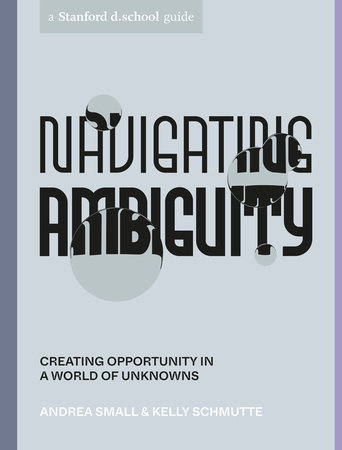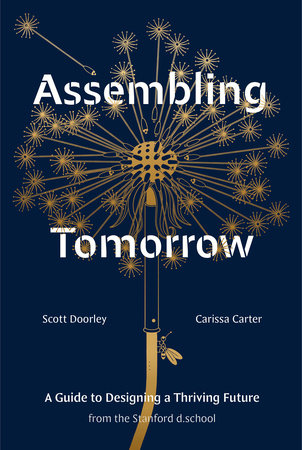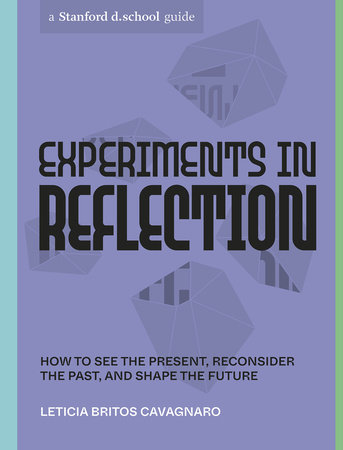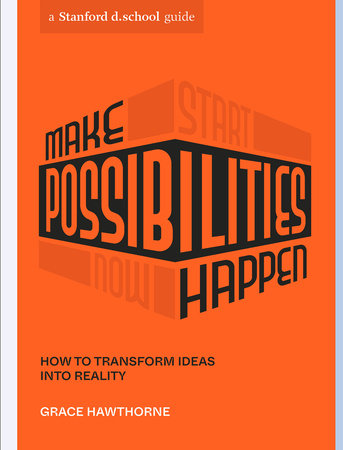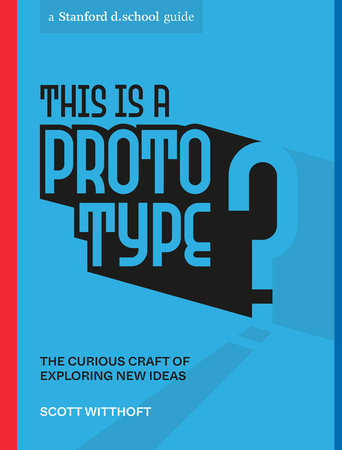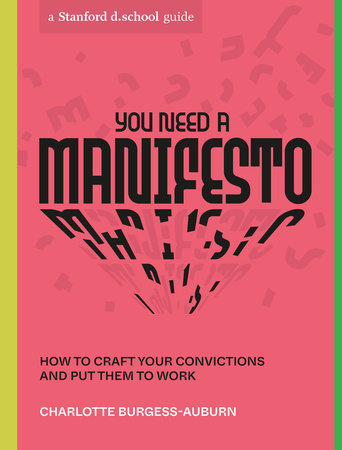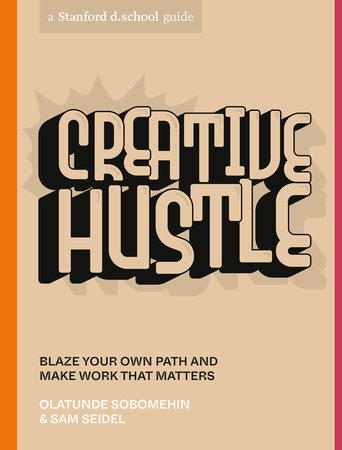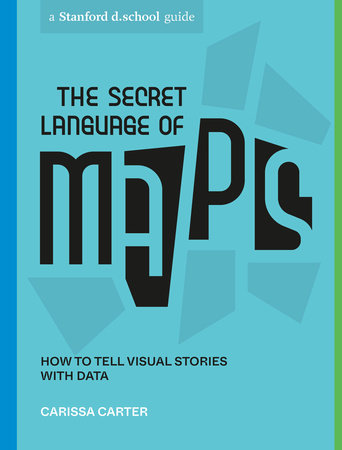Excerpt
Navigating Ambiguity
What Is Ambiguity? The first step to understanding ambiguity is to define it, which is a delightfully existential challenge we’ve been pondering ourselves for several years. Let’s attempt to disambiguate ambiguity, shall we?
According to “the internet,” the definition of
ambiguity is:
a: the quality or state of being ambiguous
b: something that can be understood in two or more possible ways
The word
ambiguity comes from the Latin
ambiguus, which was formed by combining
ambi- meaning “both ways” and
-agere meaning “to act.” Ambiguity is about
holding two ideas at the same time and understanding something in more than one way. It’s about dualities, multiplicities, and active interpretation.
All cleared up? No? We’re shocked.*
Tasseography is the practice of reading patterns in tea leaves (or coffee grounds or wine sediments) left in the bottom of a cup. You can “read” the tea leaves by allowing your imagination to play around with the shapes suggested in their arrangement. You might see a country, a heart, or a raven. Or read deeper . . . is that an apple? Or the Apple logo? Does it mean I need to limit my screen time? Am I reading too much tea?
Ambiguity is a layer of meaning people apply to perfectly unambiguous stuff. When you read the tea leaves at the bottom of the cup, the cup and dregs are not ambiguous. Ambiguity lies in the multiple meanings that you might derive from their arrangement. It emerges from the many ways you interpret reality. But before you settle on one interpretation, ambiguity gives you permission to be creative. As soon as you choose an interpretation, ambiguity naturally evaporates.
Our response to ambiguity—both our interpretations and our emotional response—is not objective. It’s deeply connected to experience, context, history, and character. What you see might not be what anyone else sees. What you see today might be different tomorrow.
Ambiguity ≠ uncertainty. Ambiguity may contain uncertainty, but they’re different. Dictionaries define
uncertainty as something that is not clearly or precisely determined; something unknown, vague, indistinct, or subject to change. Uncertainty implies that there is something to be
certain about. An absolute truth or fact exists. It’s more black and white.
Uncertainty might look like: Why am I getting issues of
Domestic Rabbits magazine?
Will I get the job or not?
What if the ferret hates the new rabbit?
Will my rent check bounce?
When will they respond to my email?
Does this mole look normal?
When will the quarantine end and my life go back to normal?
Will life
ever return to normal?
With ambiguity, on the other hand, there’s no singular, correct answer. It allows for layers of meaning on anything. No absolute truth or fact exists. Your mind is free to explore—and to imagine possibilities that are unknown or don’t currently exist.
Ambiguity might look like: What could this sheet of blank paper become?
What can I learn from new contexts and cultures?
What happens when I step outside of my comfort zone?
What if I am neither thing? Or both?
What happens when I allow contradictory data to exist?
What are the different ways I can interpret something?
How might I respond to fluctuating timelines or constraints?
After months of starts and stops and highs and lows, what shape will this book “it” take?
In philosophy and art, ambiguity and uncertainty are decidedly different. In this book, we blur them together a bit because the words
uncertainty and
ambiguity are intertwined in our lexicon, and untangling semantics isn’t our goal. In general, when we refer to ambiguity or uncertainty in this book, we mean holding multiple ideas or possibilities. We also say
not knowing, the unknown, the gray area, or the _________. For the purposes of this book, we break our own rules, we keep it vague, we keep you guessing. Some might say we practice what we preach.
Even if ambiguity and uncertainty are decidedly different on paper, they are not very different in the brain. Perhaps the terms intertwine because humans also intertwine their reactions. As you’ll read, the brain often reacts to ambiguity as if it is uncertainty.


